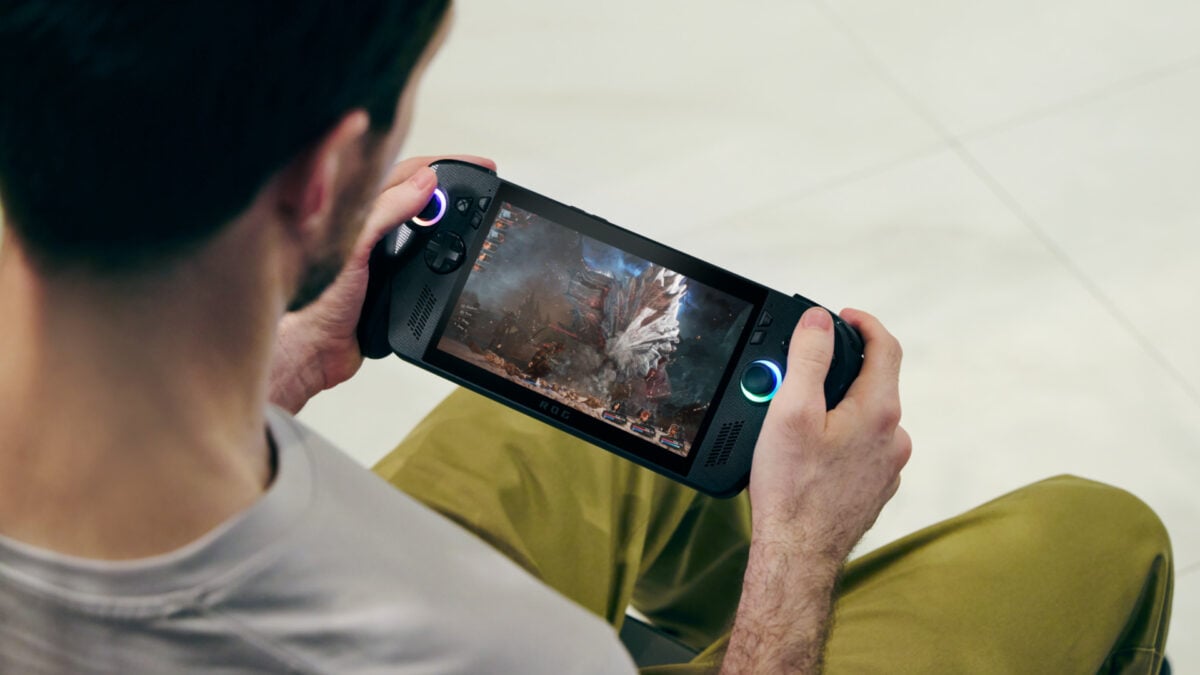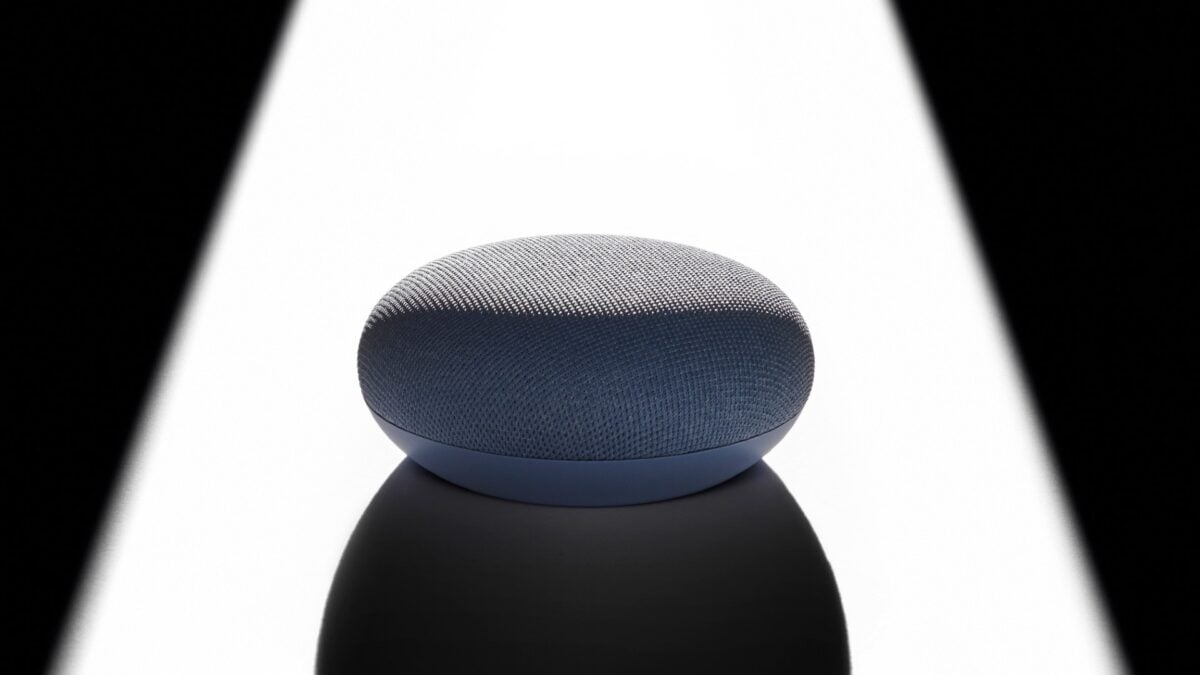We Now Know Everything About the First Xbox Handheld (Except the Most Important Thing)

The Asus ROG Xbox Ally is a mouthful of a name for a device, and yet I can’t stop saying the name—like I’m casting a spell—as we slide further toward the end of the year. At Gamescom in Cologne, Germany, Microsoft and Asus are giving players a chance to wrap their mitts around the strange Xbox controller-like grips of the Xbox Ally and Xbox Ally X. While the companies will tell you when you’ll eventually be able to pick one off a store shelf, they’re not quite ready to tell you how much it’ll cost.
Both the ROG Xbox Ally and ROG Xbox Ally X are slated for release on Oct. 16 in the U.S., Europe, and other markets in Asia. We won’t know how much it will cost and when we can preorder one until sometime “in the coming weeks,” Asus said in a press release. Gamescom attendees will be first to try out the new Xbox-ified version of Windows 11, which should make it easier than Microsoft’s regular ol’ OS to launch games on both the Xbox app and through third-party launchers like Steam and Epic Games Store. The handheld effectively dual boots into the base version of Windows 11 if you need to access all the apps you can’t from the new Xbox menu. Microsoft is also working on a “Handheld Compatibility Program” akin to Valve’s Steam Deck Verified badges. Xbox will label whether a game is “handheld optimized,” which means it works with the default controller layout, or “mostly compatible,” which will require a few adjustments.

The ROG Xbox Ally is the lower-end starter handheld compared to the beefier specs of the Xbox Ally X. The one in white comes packed with an AMD Ryzen Z2 A processor. Based on specs alone, the chip seems closest in power to a Steam Deck. It’s a 4-core, 8-thread chip based on AMD’s Zen 2 microarchitecture, which the chipmaker launched back in 2019. It’s running on eight RDNA 2 GPU cores, which should be enough for the vast majority of smaller games and a fair few AAA titles on lower graphics settings. It still comes with 16GB of RAM and 512GB of built-in storage.
The Xbox Ally X is the one that comes packed with AMD’s Ryzen Z2 Extreme. That APU, or accelerated processing unit, sports 8 cores and 16 threads based on AMD’s latest Zen 5 CPU architecture. The chip is packed with 16 RDNA 3.5 GPU cores—though not the latest RDNA 4—alongside 32GB of RAM and 1TB of storage. Just like the Asus ROG Ally X from 2024, it contains an 80Wh battery that should enhance overall playtime, depending on your performance settings. Microsoft also hinted the Xbox Ally X will make use of Microsoft’s Automatic Super Resolution for on-device AI upscaling to enhance performance. Both the Xbox Ally and Ally X contain a 7-inch LCD display. Microsoft said either handheld should receive future updates that will allow for faster launching and better battery life, as well as “enhancements to the docking experience” that suggest the Xbox Ally will work better connected to a monitor or TV.
There are a few reasons you should be concerned that neither Microsoft nor Asus wants to drop the bombshell that is pricing. We caught a hint of supposed Xbox Ally prices for European customers back in July. The Xbox Ally was set at 600 euros, or $700, while the Xbox Ally X demanded 900 euros, or $1,050. Those are similar prices to today’s ROG Ally and ROG Ally X in the EU, so these leaks may not be equivalent to what U.S. customers can expect to pay. Tariffs have already caused havoc on PC supply chains and led to manufacturers raising prices. Without any official notice, Asus raised prices on its ROG Ally X from $900 to $1,000 a few months after President Donald Trump announced sweeping global tariffs.
Optimists will look at the delayed pricing and hope Microsoft is working out a way to subsidize what will be its first new gaming hardware in years, even if it’s simply sporting the Xbox brand name. If the Xbox Ally X is truly as pricey as other handheld PCs, it would make it a premium product that only the most ardent PC gamers would be willing to fork over their funds for. It will need to compete with upcoming handhelds like the Lenovo Legion Go 2 that sports a better OLED display compared to the Ally’s LCD. The Xbox Ally needs to be, at the very least, as cheap as a baseline Steam Deck OLED at $550 or the $600 Lenovo Legion Go S if Asus and Xbox want any chance of staking a claim in the still-nascent handheld scene.









